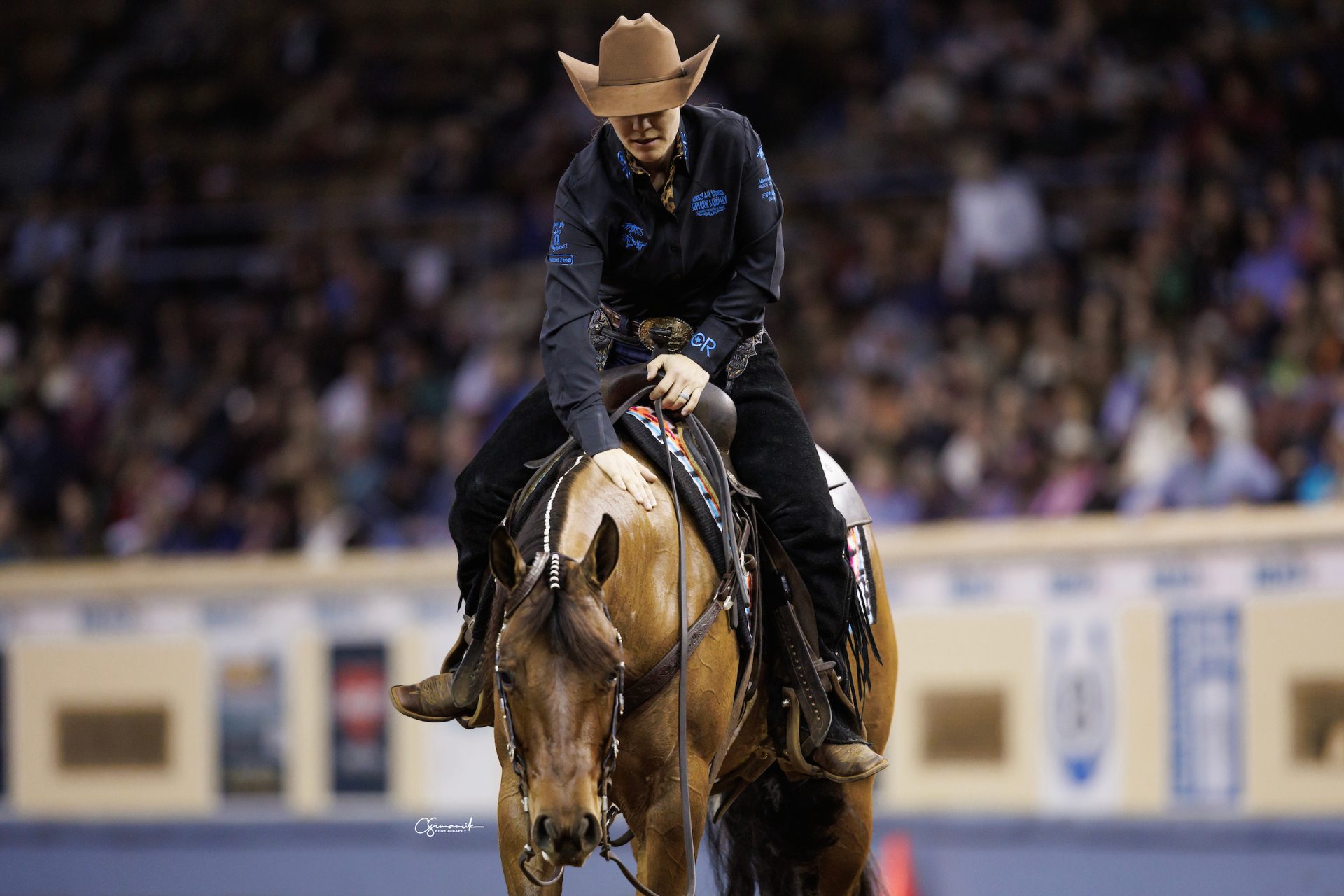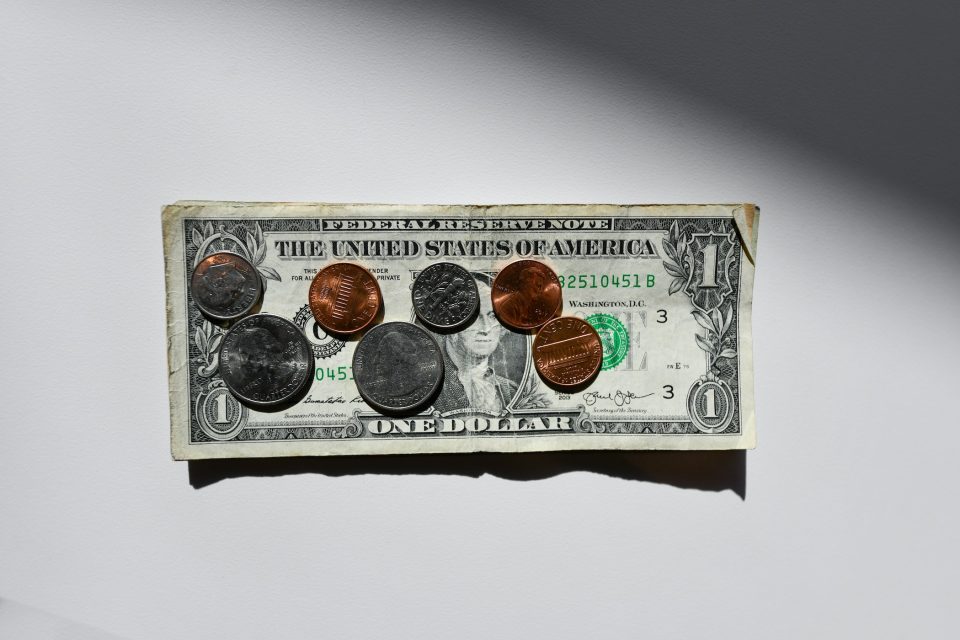Learn how top riders create and maintain willing partnerships.
By Lauren Stanley

Do you dream of being a top competitor who’s sponsored by products and companies? As you probably know, that dream takes work. Work to achieve notoriety as a top trainer. Work to build relationships with companies you believe in and want to represent. And work to maintain those connections (and sponsorship checks).
Here, we’ll talk to three NRHA Professionals about their sponsorships.
What It Takes
Being a horse trainer requires more than just being talented on a horse. The best in the business are functional barn mangers, nutritionists, psychologists, accountants, vet techs, salesmen, showmen, businessmen—the list goes on and on. Each hat you put on throughout the day is vital to the success of your program, as well as the well-being of your animals. Great products and gear help guarantee that your program can run at the highest level. Feed, saddles, ice boots, clothing, and everything in between are all required for success. But they also represent large overhead costs.
As you try tools of the trade, specific products stand out that help you to accomplish daily tasks, including feeds and supplements that allow your horses to perform at their peak. These are the types of products to consider for possible sponsorship deals.
Being passionate about a company and the product that they create is absolutely essential when seeking and accepting sponsorships. NRHA Professional Martin Muehlstaetter refuses to endorse a company that he wouldn’t spend his own hard-earned money on.
“Having a quality product is the No. 1 thing I consider before taking a sponsorship,” he says. “I want a product that I can steer my customers toward purchasing because I believe that it’s the best in its category.”
This makes speaking with consumers and clients about a product’s strengths and benefits so much easier and more sincere.
NRHA Professional Todd Sommers seconds that statement.
“You have to have a product that you use and like; something that you believe is the best in the industry,” Sommers asserts. “All of the companies I’m endorsed by are companies whose products I was using before I was sponsored by them.”
Thinking Outside the Sponsor Box
Trainers who think outside the box to give back to their sponsors are highly appreciated. Recognition of a sponsor or demonstrating how you’re using their products through a post or photo on social media can reach thousands of people in one day. Trainers can tag sponsors in their posts and photos to ensure that the post appears on the sponsor’s page, as well. Unique photo posts geared toward success using a product can be a cost-effective way to thank a sponsor on social media and meet sponsor obligations.
Muelhstaetter and Sommers go one step further by adding sponsors’ logos on any print ads they run, as well as on their show attire and show stall drapes. Being able to expand the sponsors’ visibility through different mediums is key to being a valuable team member.
Communication Is Key
Open communication is vital to the success of the relationship between the trainer and the sponsor. Be aware of your sponsor’s expectations before entering an agreement to ensure that you can properly meet their needs. NRHA Professional Patrick Flaherty believes that second to believing in an exceptional product, having a relationship with a company and its reps is essential to a successful sponsorship.
“It is all about relationships,” Flaherty shares. “We need to be able to talk openly about the products and the way they’re affecting my program. When things are going great, I like to tell them what good things we’re seeing in the horses. However, when things need to change or a product doesn’t work for me, I appreciate being able to pick up the phone to work with a rep to find a solution.”
How Can You Pursue a Sponsorship?
Don’t be afraid to reach out to companies that have products you believe in. Muehlstaetter finds the best way to connect with a potential sponsor is to be authentic when talking with them.
“I like to speak with them on a personal level and make a connection,” he says. “We try to have an open dialogue about the products and why I believe in them. An example of this is when I bought a pair of gloves that I really liked. I decided to approach the business owner to discuss striking a deal with me and share that I’d help introduce the brand to the United States. But be careful not to be too pushy or demanding when speaking with a potential sponsor.”
Above all else, the best way to receive a sponsorship or be noticed by a company is to continue to strive to be a better horseman. Sommers shares valuable advice for up-and-
coming trainers.
“Go win something big before you start accepting endorsement deals. Work hard and let your name mean something. Wait for a top company that produces a product you believe in, otherwise if you choose a lesser product, it’s your name that is on the line when things go wrong.”
Trainers who put the time in, on and off their horses, will be recognized by companies for their dedication to the industry. Be authentic every time you step into the show arena. Be someone who fellow enthusiasts can look up to. That’ll speak volumes about you and your potential as an endorsee.



